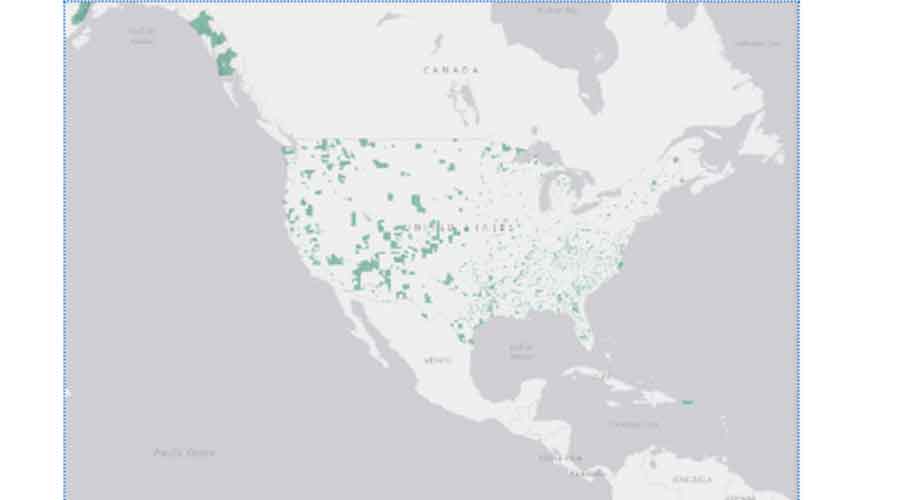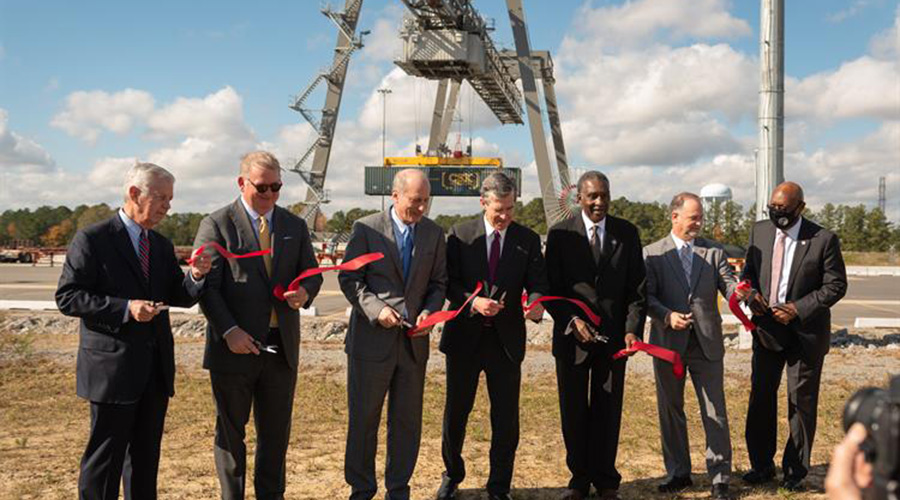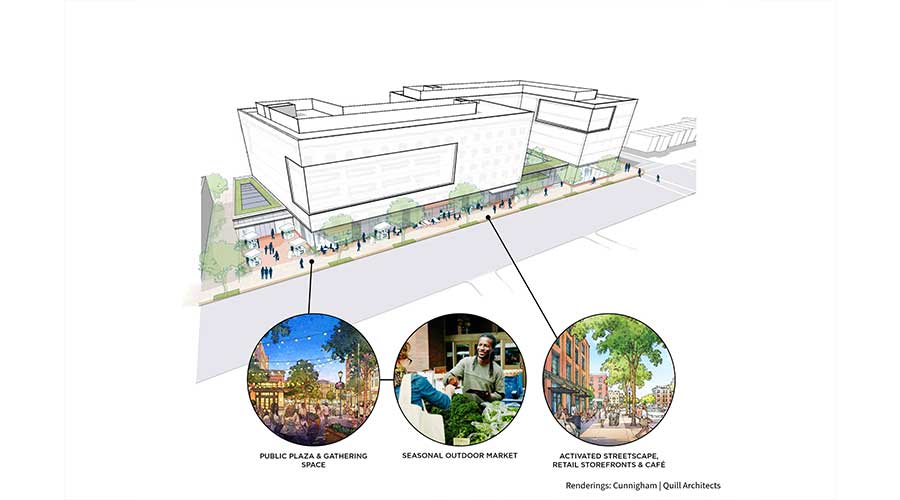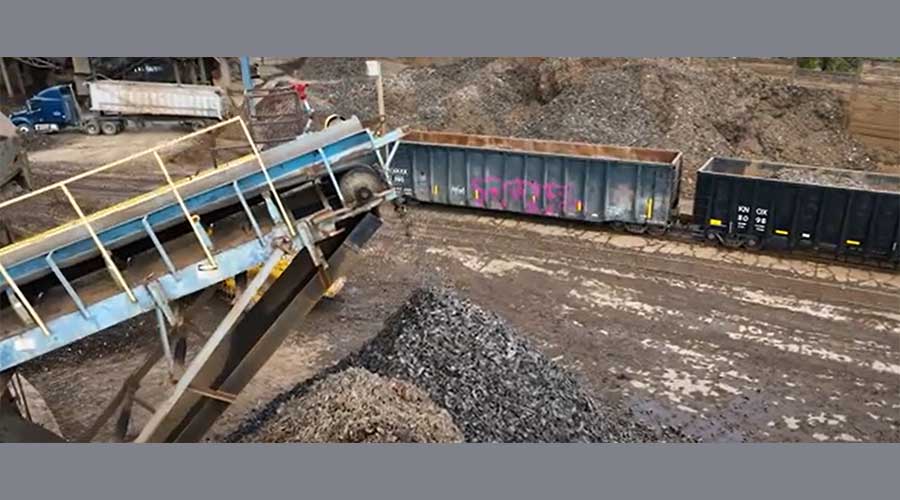Stay updated on news, articles and information for the rail industry
1/7/2020
Rail News: Federal Legislation & Regulation
USDOT map identifies 'opportunity zones' for economic development

The U.S. Department of Transportation (USDOT) yesterday unveiled a new interactive map that shows where federal dollars are invested in major infrastructure projects in rural and urban areas described as "opportunity zones."
The information in the map is intended to encourage further economic investment, USDOT officials said in a press release.
The map illustrates data sets for various transportation projects, including rail sidings, Amtrak stations and industrial properties, commuter- and light-rail stations, intermodal facilities, major ports, airports, highways and bridges.
"Opportunity zones have the potential to increase job creation in underserved communities, especially in rural areas, and the department is working to ensure there are transportation links to opportunity zones," said U.S. Transportation Secretary Elaine Chao.
The 2017 Tax Cut and Jobs Act created opportunity zones as an economic development tool. A zone is an economically distressed community designated by the state’s governor and certified by the U.S. treasury secretary.
Zones have been designated in all 50 states, the District of Columbia and five U.S. territories.
To date, the USDOT has issued 13 notices of funding opportunity that contain opportunity zones language. The programs awarded more than $2 billion in fiscal-year 2019.


 2025 MOW Spending Report: Passenger-rail programs
2025 MOW Spending Report: Passenger-rail programs
 Gardner steps down as Amtrak CEO
Gardner steps down as Amtrak CEO
 Guest comment: Oliver Wyman’s David Hunt
Guest comment: Oliver Wyman’s David Hunt
 Women of Influence in Rail eBook
Women of Influence in Rail eBook
 railPrime
railPrime








